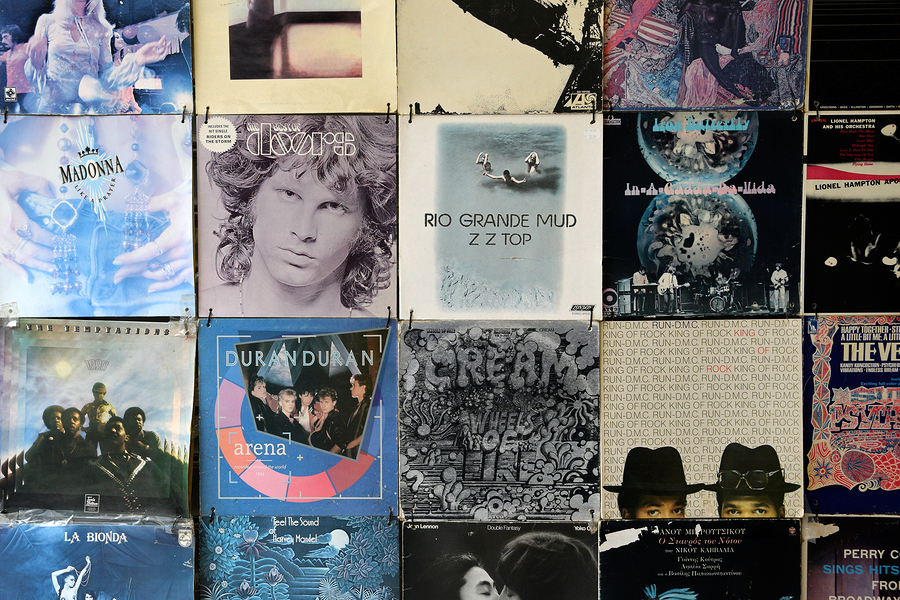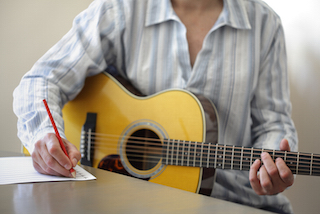 When you’re laying down a recording, keeping your band together isn’t so difficult. You’re in a room, possibly facing each other, with all sorts of technologically advanced equipment to keep you all on the same page. However, when it comes to a live music performance, you have other obstacles to face, and the setting can easily lead to the beat falling apart.
When you’re laying down a recording, keeping your band together isn’t so difficult. You’re in a room, possibly facing each other, with all sorts of technologically advanced equipment to keep you all on the same page. However, when it comes to a live music performance, you have other obstacles to face, and the setting can easily lead to the beat falling apart.
Part of learning to keep your band in sync during a live music performance is simple practice. The more time you spend together, working with each other, the more you’ll be able to get a feel for each other. Plus you get to know your own music list better. However, there are other ways to help keep your stride in pace with everyone else in the band.
The Dreaded Metronome
If you’re in a rock band, this could be difficult, as you may not be able to hear it over the instruments. However, it can be quite rewarding to practice at a specific speed, with a metronome keeping time, both individually and as a band. To have better opportunity to hear the beat while practicing together, take the tune acoustic, and work it several times over.
Foot Tapping
Once you’ve got the feel of the metronome, you can tap your foot, and you’ll find that you’re less likely to slow down or run away with the music, leaving your other band members racing to catch up or dragging. It’s not something you want to do permanently, but it can help with preparing for a live music performance.
Choose a Leader
This seems like a simple suggestion, but be careful about it. Too many bands battle over who is the ‘front man’ and who should carry the beat. In most bands, regardless of who formed the band and who plays ‘front man’, when it comes to keeping everyone together, it’s the drummer’s responsibility. He (or she) lays down the beat, sets up the speed, and has that base thump that comes through the music like an amplified metronome. If you’re having trouble keeping to his beat, try having him add a simple bass drum kick on every beat until everyone in the band can stay together. Then, add back in the complex rhythms and intricacies that make the song better.
If you don’t want to hand that responsibility to the drummer (or take it on as the drummer) the next best option is the bass guitar. Again, because of the use of this instrument within the band, its beats are more simplistic than those of lead or rhythm guitar, and the bass tones will vibrate more so you can feel them in your body.
Other Tricks
When practicing for a live music performance, start by having the band face each other. Rather than setting up as you would onstage, make eye contact. This allows you all to communicate with each other more clearly about your speed and involvement in the tune by watching each other, as opposed to having your backs to each other as in a traditional performance. When you’ve found comfort this way, then try moving into the positions you’ll take in front of an audience and try again.
Any kind of gesture with your instrument that can be caught from the corner of your bandmates’ eyes can also do a lot of good, especially when it comes to a part of the song where you slow down or speed up on purpose. This gives an easy cue to follow while allowing the major focus for each player to remain on their own rifts and licks.












































Comments
No comment